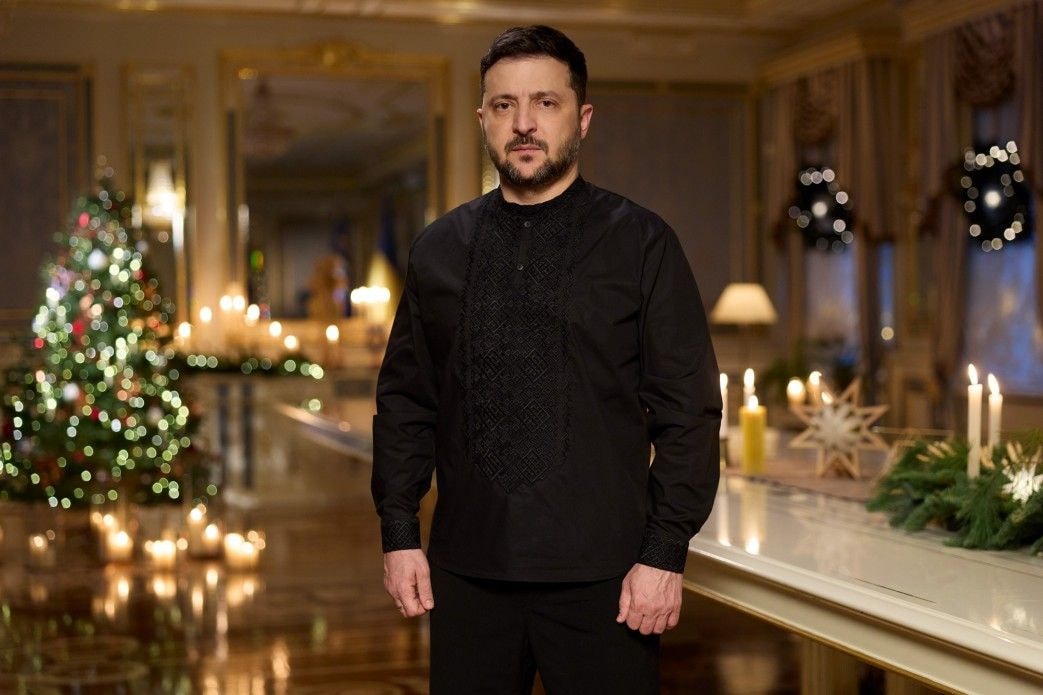Russia, Belarus to practice nuclear, Oreshnik deployment plans during Zapad drills, Minsk claims

The upcoming Zapad-2025 military drills will involve practice planning for the deployment of nuclear weapons and the Oreshnik missile system, Belarusian Defense Minister Viktor Khrenin said on Aug. 13, according to the state news agency Belta.
"The head of state demands that we must be ready for all possible scenarios," Khrenin said during a press conference following a closed-door meeting with Belarusian dictator Alexander Lukashenko.
The Russian-Belarusian military drills, expected to be held in mid-September, are among the most extensive exercises held by the two countries' militaries. While the Belarusian Defense Ministry has confirmed "over 13,000 participants," NATO estimates suggest that the drills may involve as many as 150,000 troops.
Belarus has been a key ally to Moscow and has previously been reported as hosting Russian tactical nuclear arms on its territory, after the two countries signed an agreement in May 2023.
Moscow has repeatedly issued veiled or overt threats of nuclear use against Ukraine and its allies during the full-scale war.
Ukrainian intelligence chief Oleh Ivashchenko claimed that Belarus fields only nuclear delivery systems but no warheads. He also dismissed Lukashenko's claims that the Belarusian military would acquire the Oreshnik system by the end of the year.
Russia first unveiled its experimental Oreshnik intermediate-range ballistic missile (IRBM) after using it to strike the Ukrainian city of Dnipro in November 2024. While the Kremlin claimed the weapon had entered mass production, there has been no further confirmed case of its use.
"Naturally, as part of the Zapad exercise, we will conduct joint drills with our Russian colleagues for the planning of the deployment of this weapons system," Khrenin said about Oreshnik, according to Belta.

Kyiv and NATO have expressed concern that Zapad-2025 could be used as cover for renewed aggression, as Russia continues its war against Ukraine while Belarus remains a potential staging ground.
The first Russian echelons began pouring into the country earlier in August, with the Ukrainian border guard reporting an arrival of hundreds of Russian troops.
Warsaw warned that its forces would respond by holding military exercises with its NATO allies, while Lithuania launched its own exercise earlier in August.
"We are closely monitoring the situation along our western and northern borders and cannot remain passive observers of ongoing militarization and military activity," Khrenin said.
The Belarusian defense chief accused NATO of using the Zapad drills as a pretext for its own exercises, warning that Belarus "has the means to retaliate" to any sign of aggression.
Following the Zapad-2021 drills, Belarus and Russia conducted the "Union Resolve-2022" exercise, which directly preceded and facilitated the Kremlin's full-scale invasion of Ukraine. Russian troops who remained in Belarus after the drills joined the assault from Belarusian territory on Feb. 24, 2022.














